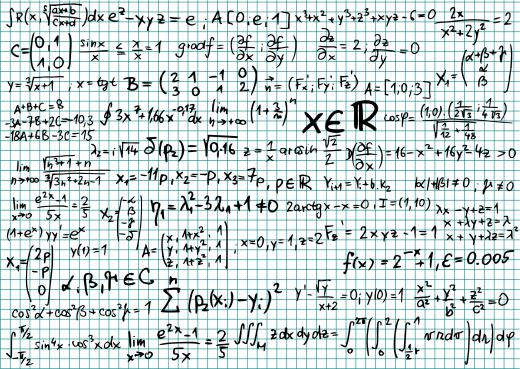Strictly defined, statistical noise is a term that refers to the unexplained variation or randomness that is found within a given data sample or formula. There are two primary forms of it: errors and residuals. A statistical error is simply the portion of the final amount that differs from the expected value that was assumed to be the correct answer. A residual is the result of a more casual estimate of the anticipated outcome. The general notion behind statistical noise is that a particular set of data is not necessarily precise and might not be able to be duplicated if the same information was collected or calculated again.
Uses in Business

Many businesses depend a great deal on statistics. Statistical information is used to identify customer preferences and purchasing habits, production costs and the efficiency of operating structures. Although generating statistics is a great way to gain a better understanding of how a business should run and the direction it should take, the process can also create some worthless data. This is where statistical noise must be taken into account.

A cloth manufacturer, for example, might develop production statistics related to the amount of cloth that can be produced within one hour. There are several factors that can affect the average amount of cloth produced, such as the quality of the base product, machinery malfunctions, operator error and even the temperature and humidity level on the plant floor. Statistical noise would be taken into account by removing the effects of those elements that are simply not likely to occur during the course of a typical shift, because including them would not result in a true picture of average production.
Differences Between Errors and Residuals
Many people assume that statistical errors and residuals are two references for the same occurrence, but in fact, they are different aspects. Generally, there has been some calculation involved with statistical errors and some degree of effort applied to the task. An error can cause the final total to be higher or lower. With a statistical residual, there is not a lot of effort made to come up with a logical process. Instead, it is little more than a hunch based on a quick review of the available data, with little or no calculation involved.
Statistical noise is not something that should be considered worthless. In the field of business, the questions that are raised by statistical noise often point to situations that, while not common during the average workday, are still capable of occurring and derailing production for an extended period of time. From this perspective, the noise can be the inspiration for creating and implementing safeguards that help to maintain steady and predictable operations.

